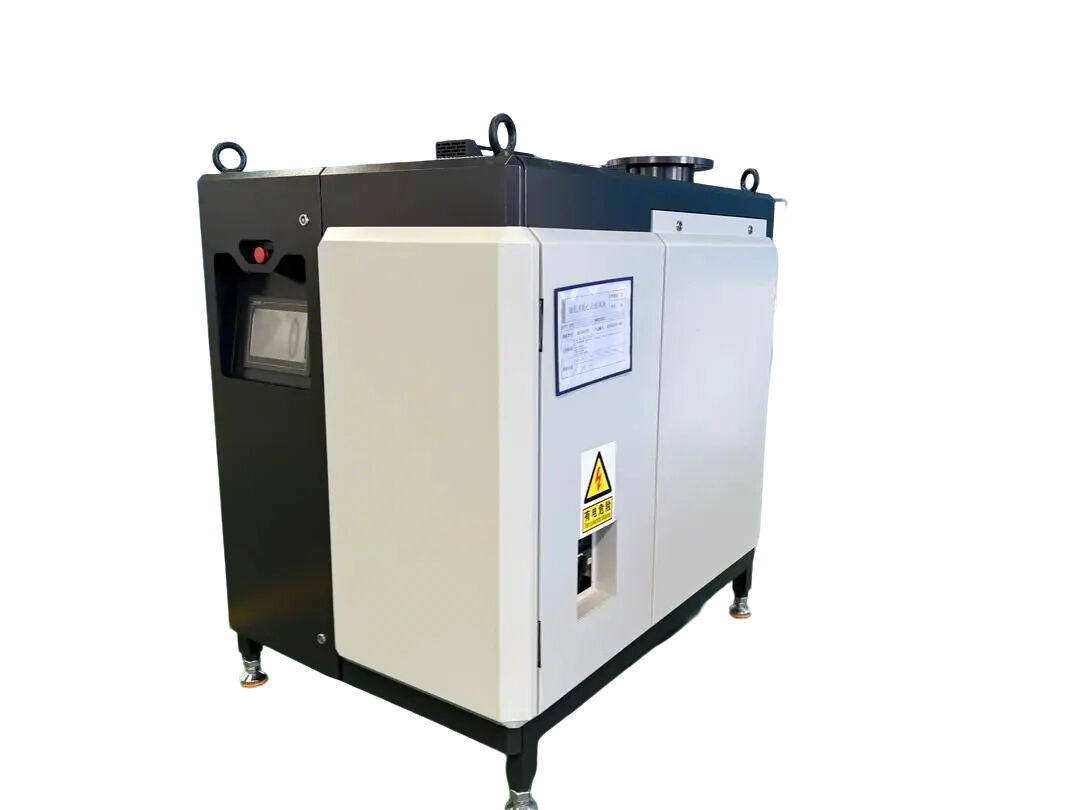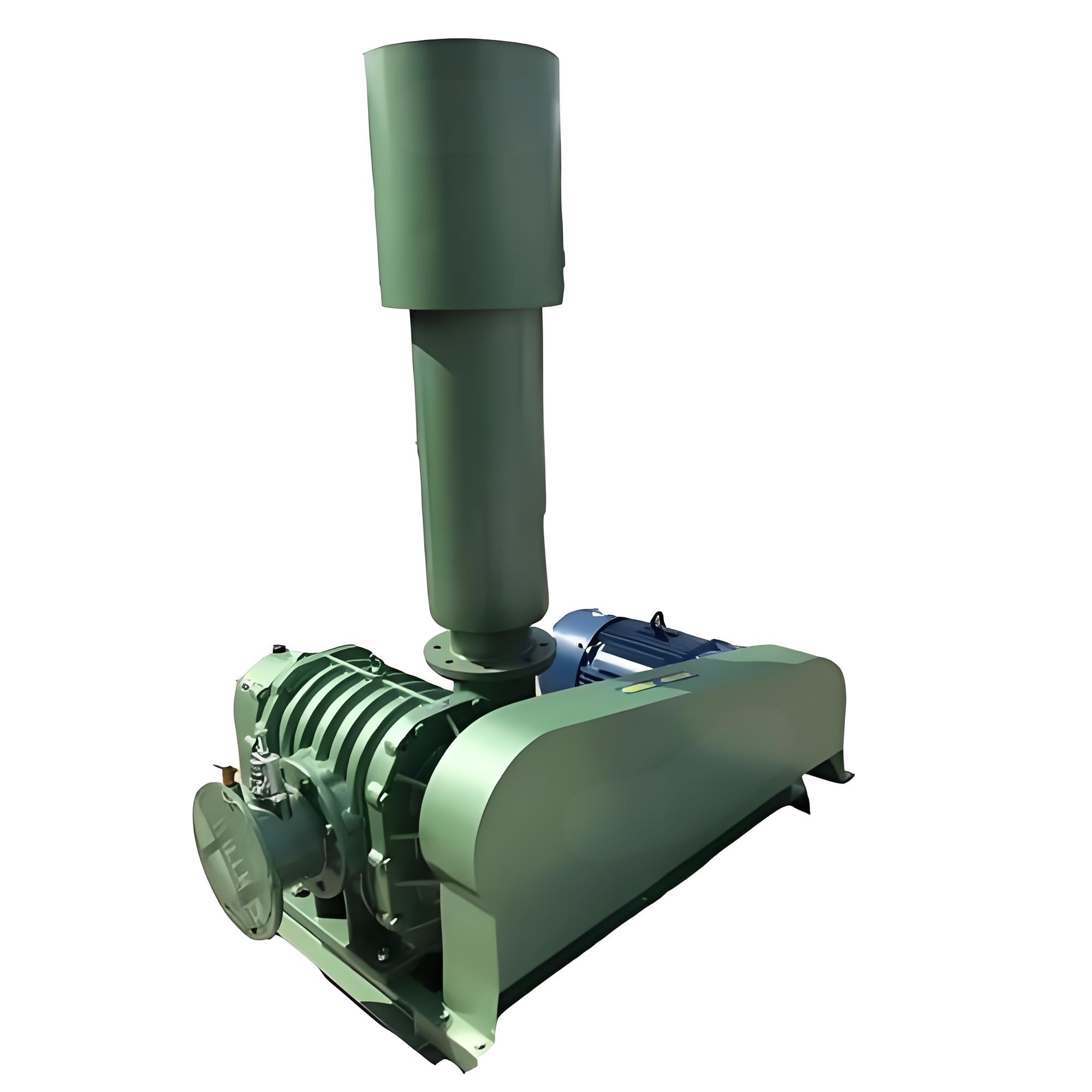air pump for fish farming
Air pumps for fish farming represent essential equipment in modern aquaculture systems, providing vital oxygen supply and water circulation necessary for optimal fish growth and survival. These sophisticated devices operate by compressing atmospheric air and delivering it through diffusers or air stones, creating fine bubbles that efficiently dissolve oxygen into the water. The technology incorporates advanced features such as oil-free operation, energy-efficient motors, and precision flow control systems, ensuring consistent and reliable performance. Modern fish farming air pumps are designed with durability in mind, featuring corrosion-resistant materials and weather-proof casings that withstand harsh aquaculture environments. The pumps come in various capacities to accommodate different pond sizes and stocking densities, with output ranges from 20 to 600 liters per minute. These systems often include smart monitoring capabilities that allow farmers to track oxygen levels and pump performance in real-time. The applications extend beyond basic aeration, serving multiple functions including waste removal, maintaining proper water circulation, and preventing thermal stratification in ponds. Advanced models feature adjustable pressure settings and multiple outlet ports, enabling farmers to optimize oxygen distribution across multiple pond systems simultaneously.



